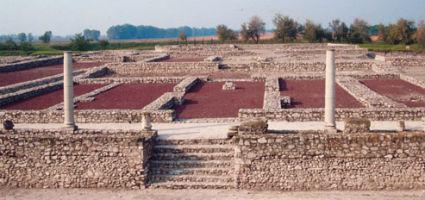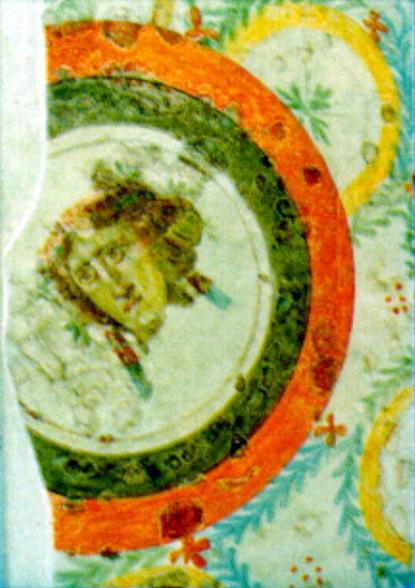2024. November 24. Sunday
King St. Stephen Museum - Gorsium Open-air Museum - Archeological Garden - Tác
 |
Address: 8121, Tác Fő u. 6
Phone number: (70) 661-9988
E-mail: titkarsag@szikm.hu
Opening hours: 01.04-31.10.: Mon-Sun 10-18
02.11-31.03.: Mon-Sun 10-16 |
Museum tickets, service costs:
|
Ticket for adults
|
900 HUF
|
|
|
Group ticket for adults
(from over 10 people)
|
800 HUF
|
|
|
Ticket for students
|
500 HUF
|
|
|
Group ticket for students
(from over 10 people)
|
400 HUF
|
|
|
Ticket for pensioners
|
500 HUF
|
|
|
Group ticket for pensioners
(from over 10 people)
|
400 HUF
|
|
|
Ticket for families
(2 adults + 1 child)
|
2000 HUF
|
/ family
|
|
Group guide
(up to 25 people)
|
6000 HUF
|
/ group
|
|
Group guide
(from over 26 people)
|
7500 HUF
|
/ group
|
|
Group guide for students
(up to 25 people)
|
4200 HUF
|
/ group
|
|
Group guide for students
(from over 26 people)
|
5500 HUF
|
/ group
|
|
Group guide for pensioners
(up to 25 people)
|
4200 HUF
|
/ group
|
|
Group guide for pensioners
(from over 26 people)
|
5500 HUF
|
/ group
|
|
Group guide
|
10000 HUF
|
The number of collected and excavated items had reached up to 1 200 000 by 1999.

The permanent exhibition demonstrating the history of the Roman settlement was placed in the wine-cellar built in the 19th century. The representative pieces of the excavation are displayed in the permanent archaeological exhibition of the King St Stephen Museum of Székesfehérvár. The finds and major results of the research are represented by annually arranged temporal exhibitions.
The stone store - in which there are stones used for the building of a basilica in the 9th century - also belongs to the main collection.

The permanent exhibition demonstrating the history of the Roman settlement was placed in the wine-cellar built in the 19th century. The representative pieces of the excavation are displayed in the permanent archaeological exhibition of the King St Stephen Museum of Székesfehérvár. The finds and major results of the research are represented by annually arranged temporal exhibitions.
The stone store - in which there are stones used for the building of a basilica in the 9th century - also belongs to the main collection.
